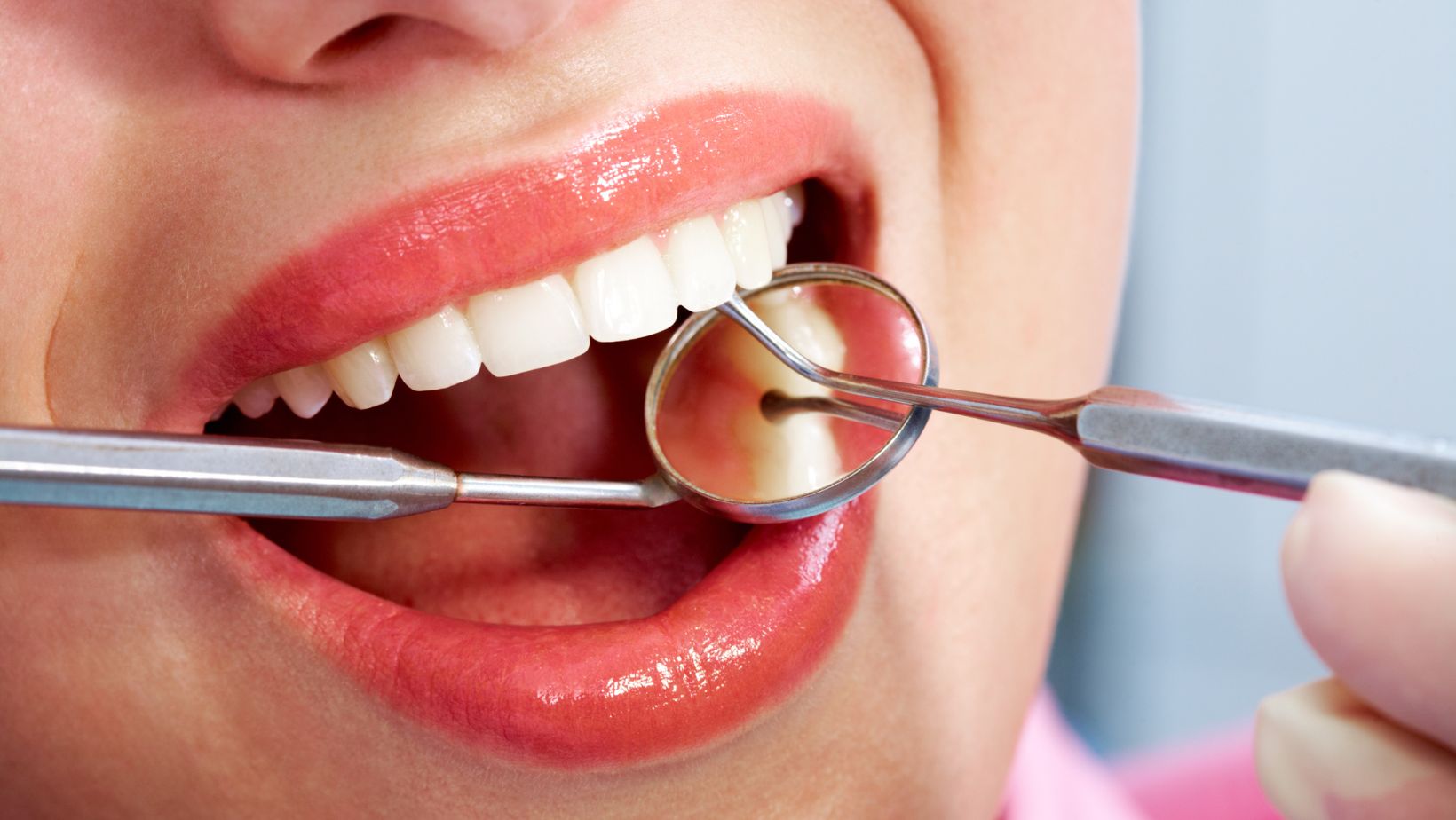
Dental bonding – you might’ve heard it referred to as composite or teeth bonding – is this brilliant cosmetic dentistry trick to give your smile an upgrade. Here’s how it works: your dentist takes a tooth-colored resin material (pretty neat, right?) and gently applies it to your teeth.
Why? Well, this isn’t just a one-trick pony. The magic of dental bonding can alter the shape, size, or even color of your teeth.
You can learn more about composite bonding from Gorgeous Smiles if you visit them today. But for now, let’s dive a little deeper into this amazing procedure.
So, When Should You Consider Dental Bonding?
Let’s get this straight. Dental bonding is not just a cosmetic fad; it’s a real game-changer for your smile. Picture this: you’ve got a chipped tooth, a discolored one, or some unsightly gaps – dental bonding can come to your rescue!
The wizardry of this procedure uses tooth-colored composite resin to hide those little insecurities away. Not just that, it can magically make your teeth appear longer and even change their shape. Voila! A new smile, just like that.
But hey, it’s not all about looks! Dental bonding is also your trusty sidekick in restorative dentistry. Have cavities? Dental bonding sweeps in with its composite resin material to fill them up. Remember those old silver dental fillings? Well, they can be replaced with a more visually pleasing option. And if your teeth roots have been exposed due to gum recession, dental bonding is there to shield them.
Dental Bonding versus Veneers: What’s the Scoop?
Here’s the deal: Dental bonding and porcelain veneers – they both serve similar purposes, but they’re really quite different. Let’s break it down, shall we?
Porcelain veneers are akin to your teeth custom-tailored suits – ceramic shells crafted specially to adhere to the front surfaces of your pearly whites. Now, there’s a catch. To place them, your dentist might have to bid adieu to some of your natural teeth’s enamel. Once the veneers are in place, there’s no going back, mate! And these porcelain wonders aren’t forever; you’ll need to replace them every decade or two.
On the flip side, let’s look at dental bonding. With this technique, your dentist doesn’t necessarily have to say goodbye to significant amounts of your enamel. Hence, it’s entirely reversible – a complete u-turn if you need it. The downside? Well, you’ll likely need little touch-ups every three to ten years.

Now, you might come across the term “composite veneers” when you’re out for your dental adventures. Don’t get confused! This simply refers to when your dentist uses the same composite resin material we’ve been raving about, but they cover the entire surface of your tooth with it. Simple as that!
So, what’s the drill before the magic of dental bonding begins? First things first, your friendly neighborhood dentist will have a good old chat with you about the smile you’re dreaming of. They’ll break out the X-ray machine and scrutinize your teeth and gums – think of it like taking a peek under the hood.
If your mouth has been playing host to some nasty stuff, like serious tooth decay or gum disease, you’ll need to kick those uninvited guests to the curb before you’re ready for your dental bonding debut.
The Magic Behind the Dental Bonding Procedure: A Step-by-Step Guide
How about we take a thrilling journey behind the scenes of the dental bonding procedure? It’s a bit like a magician revealing their secrets, but trust us, it’s absolutely fascinating. Kick back and get comfortable because we’re about to dive into the step-by-step play of what goes on during your dental bonding experience.
First off, it’s all about the perfect match! Your dentist becomes an artist, carefully selecting a composite resin that blends in seamlessly with your natural teeth using a shade guide.
Next, your tooth gets a little prep talk. This involves roughening the surface of your tooth and coating it with a conditioning liquid. What’s that for, you wonder? Well, these steps are crucial to ensure that the bonding material and your tooth become best friends.
Now comes the main act! The composite resin material, which feels a bit like putty, is delicately applied, molded, and smoothed until it achieves the shape that you’ve dreamed of.
Then, it’s showtime for the curing light! This special device works its magic, hardening the composite resin and creating a strong bond with your tooth.
And for the finale, your dentist will give your tooth a final tweak if needed and polish it until it sparkles like a star!

Wondering about the time commitment? Well, if you’ve got a free afternoon, you’re all set. The procedure usually takes about 30 to 60 minutes per tooth, and voila, you leave the dental office with a dazzling smile!












